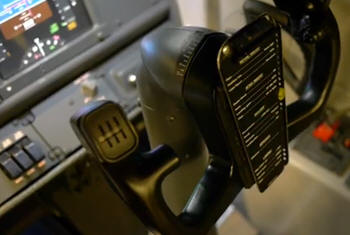 |
|
|
|
|
|
|
|
|
- Air carriers to use data to track remedial training for pilots with performance deficiencies, such as failing a proficiency check or unsatisfactory performance during flight training; - Training for more effective pilot monitoring;
-
Enhanced runway safety procedures; and - Expanded crosswind training, including training for wind gusts. "This pivotal rule will give our nation’s pilots the most advanced training available,” said FAA Administrator Michael Huerta. “While the rule marks a major step toward addressing the greatest known risk areas in pilot training, I’m also calling on the commercial aviation industry to continue to move forward with voluntary initiatives to make air carrier training programs as robust as possible.”
The FAA is focusing on pilot training for events that,
although rare, are often catastrophic.
Focusing on these events will provide the
greatest safety benefit to the flying public. The recent
rule to boost pilot qualifications for first officers
has raised the baseline knowledge and skill set of
pilots entering air carrier operations. Many air
carriers have also voluntarily begun developing safety
management systems (SMS), which will help air carriers
identify and mitigate risks unique to their own
operating environments. The FAA proposed to revise the training rules for pilots in 2009, one month prior to the Colgan Flight 3407 accident. The FAA issued a supplemental proposal on May 20, 2011, to address many of the NTSB’s recommendations resulting from the accident, and incorporate congressional mandates for stick pusher, stall recovery and remedial training. A stick pusher is a safety system that applies downward elevator pressure to prevent an airplane from exceeding a predetermined angle of attack in order to avoid, identify, or assist in the recovery of a stall. On Aug. 6, 2012, the FAA issued Advisory Circular (AC) Stall and Stick Pusher Training to provide best practices and guidance for training, testing, and checking for pilots to ensure correct and consistent responses to unexpected stall events and stick pusher activations (Stick Pusher vs. Stick Shaker On Aircraft).
Air carriers will have five years to comply with the
rule’s new pilot training provisions, which will
allow time for the necessary software updates to be
made in flight simulation technology. The cost of
the rule to the aviation industry is estimated to be
$274.1 to $353.7 million. The estimated benefit is
nearly double the cost at $689.2 million. The
final rule is available online.
|
||||
|
|
||||


